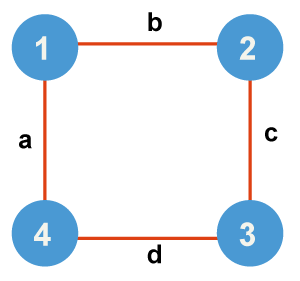
The Subset Sum problem has its roots in theoretical computer science and optimization theory. It was first formally studied in the context of NP-completeness theory in the 1970s. Richard Karp included it in his landmark 1972 paper "Reducibility Among Combinatorial Problems", where he proved that 21 different problems, including Subset Sum, were NP-complete. This discovery helped establish the foundation for computational complexity theory and our understanding of algorithmic efficiency.